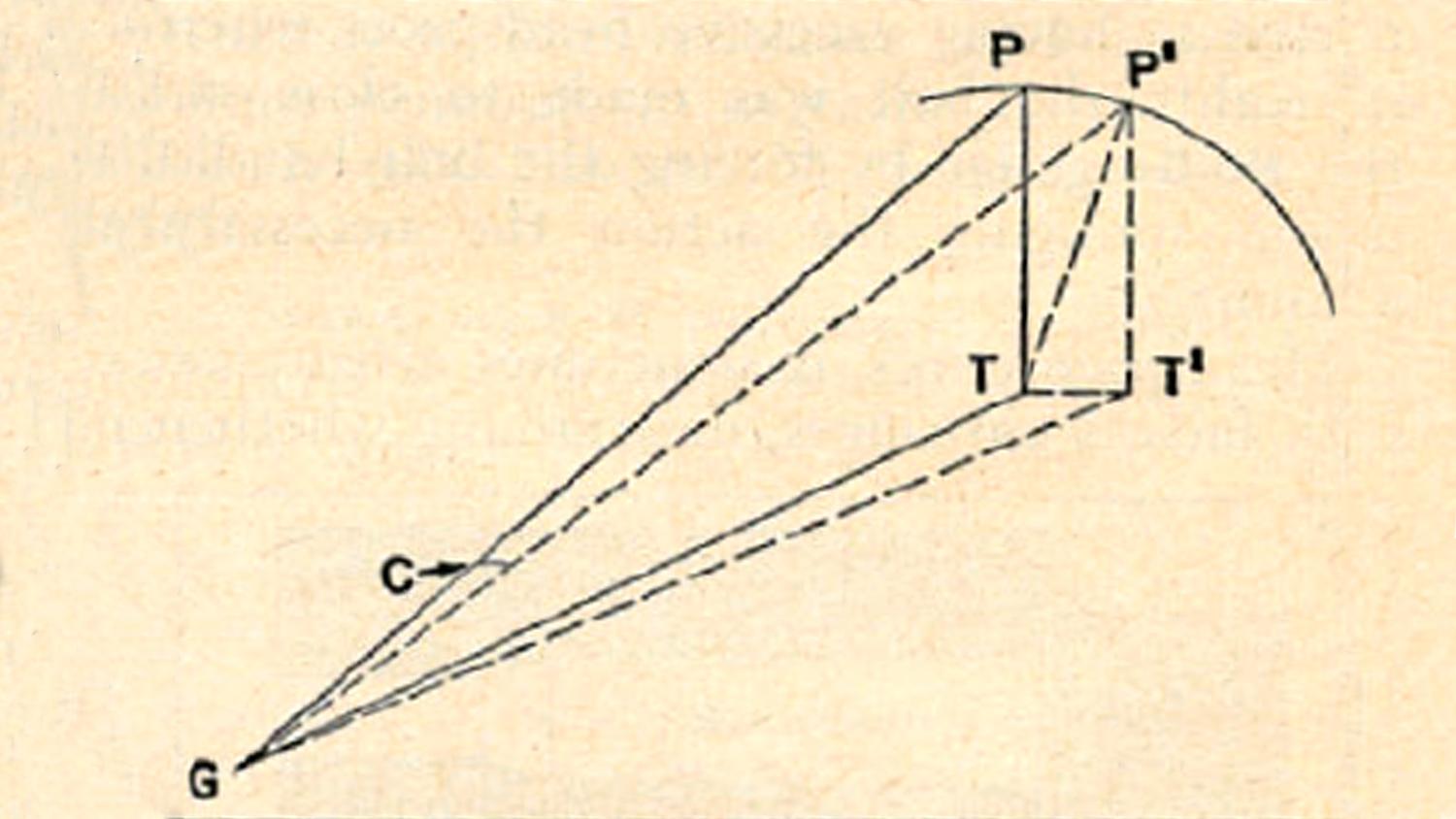huntsman22
Well-Known Member
Yeah, but…… do have those super cool quick-grip clamps?
 Help Support Long Range Hunting Forum
Help Support Long Range Hunting Forum

This is true, and the reticle is often not plumb with elevation dialing. They can be skewed.I have found that placing a bubble level on top of the elevation dial does not assure a level or plumb reticle.
This was something that several posters in a recent thread could not accept.This is true, and the reticle is often not plumb with elevation dialing. They can be skewed.Hugnot said:I have found that placing a bubble level on top of the elevation dial does not assure a level or plumb reticle.
I've been using the Vortex Pro lightweight level for several years now on three different long range hunting rifles and really like them.Thinking about the Flatline Ops articulating rail mount. Anyone using one of these, and if so what's your opinion?
Otherwise what's your favorite to use on a hunting rifle setup?

What is ;your mounting devise or who makes it. That seem to me a better way to mounting a level. I don't like things sticking out anymore than has to be on a rifle. Your attachment seen to able to lay it down on the scope.I really need the level visible, dead on, just prior to trigger pull.
View attachment 456539View attachment 456541View attachment 456543View attachment 456544